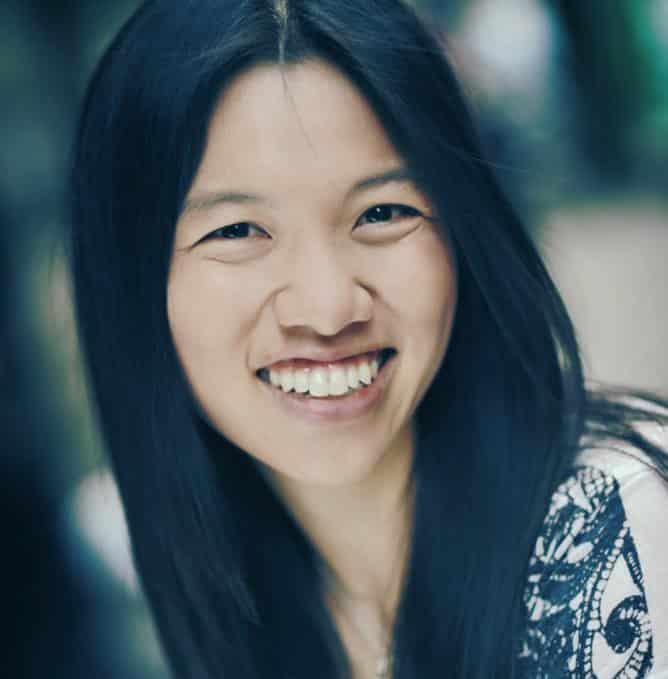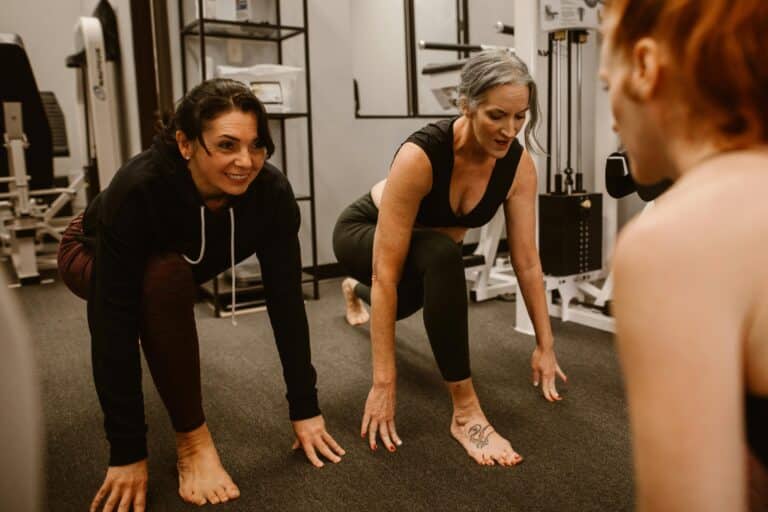Groups working in Chicago’s most violent neighborhoods try to reach people early on
Fact checked by Derick Wilder
The shooting happened in Uptown three and a half decades ago.
Les Jenkins was carrying his daughter, taking her to kindergarten, when two men approached on a bicycle.
Jenkins, who was 19 at the time, remembered that he wore all black that day,except for a red Bulls jacket. Looking back, he figures they were the wrong colors.
In Spanish, one man demanded he tell them where to get the “perico,” — slang for cocaine.
Jenkins pretended he didn’t understand, even though he did. He watched as the men came closer. Then he heard it: Pop! Pop!
Two bullets hit Jenkins, both on the left side. He remembers falling, dropping his daughter while trying to cover her.
He couldn’t move from the waist down and used his arms to pull himself over a curb. “I was saying like, ‘Please don’t kill me. Don’t kill me,’” Jenkins says. “Everything is hazy. I’m in shock, losing breath. It feels like I can’t get wind. It was terrifying.”
At that point, Jenkins heard a more distant voice, shouting at the men who shot him to leave. He ended up at Weiss Memorial Hospital, where surgeons removed one of the bullets that was impeding his ability to walk. Afterwards, it took Jenkins nine months to relearn how to walk. His daughter was uninjured.
Doctors gave Jenkins the option to remove the other bullet at a later time. He never did; it’s still in his left leg.
“For me,” he says, “it’s a reminder, a motivator to always help.”
Jenkins estimates it took him about 10 to 15 years to work through waves of anger and grief, as well as the desire to retaliate, but he says he eventually found forgiveness — even though he’s not quite sure what happened to the men who shot him.
“I could have lost my life, and my daughter could have lost her life,” he says. “In the spectrum of things, God didn’t let that happen.”
Through mentors, Jenkins got out of his gang affiliation (unrelated to the shooting, he says), and he joined anti-gun violence organizations. Now, he’s associate director of reentry and support services at the Institute for Nonviolence Chicago, which uses Martin Luther King, Jr.’s principles of nonviolence to work toward an end to gun violence in Chicago.
“When I think about what drove me into this work, I think about the innocent people that become targets for someone else’s insanity,” he says.
He prioritizes surrounding those who have survived gun violence, not just to promote healing but also to prevent some of those victims from becoming perpetrators.
A mentor taught him to “own the part that you play,” Jenkins says. “I wasn’t conscious that a lot of it had to do with the environment. We have to be honest. If the environment that we grew up in is not invested in and we’re hanging there, then we’re probably going to become a part of that problem.”
Shunda Collins, vice president for development and communications at Nonviolence Chicago, says the organization’s methodology follows five best practices that seem to reduce violence:
• Preventative measures incorporating outreach that includes canvasing neighborhoods
• Victim services to help in the aftermath of a shooting
• Case management for long-term cases that include reentry
• Workforce development to help people navigate workplace culture and skills
• Behavioral health that includes one-on-one counseling and grief counseling
“These are the strategies we’ve found to be key in achieving successful CVI (community violence intervention) outcomes,” she says.
Nonviolence Chicago is also connected to a larger ecosystem focused on efforts to reduce gun violence through its participation in Communities Partnering 4 Peace — a union of outreach services focused on the Chicago neighborhoods that gun violence most affects.
Tio Hardiman is executive director of another partnering organization called Violence Interrupters.
He founded the organization 20 years ago, and has long focused on gun violence prevention by interrupting a conflict at its apex, before it can turn into a shooting.
“The basic premise of violence interruption? It would be no. 1: first, you want to detect that there might be a potential violent incident that’s about to occur. You detect on the front end, right? You detect, interrupt — mediate it — and prevent it.”
The organization’s heart lies in the relationships built by the 50 staff members and 30 volunteers working with 150 high-risk youth in Austin, East Garfield, West Garfield, Chatham, and Auburn Gresham. Each of the interrupters works with about 15 individuals.
“That’s where the ongoing work continues, because you work with young people, after you mediate the conflict, then they become clients of the Violence Interrupters, and then they’ll change their perceptions and mindsets,” Hardiman says.
Practical assistance includes enrolling high-risk individuals in alternative schools, getting them job training, and securing housing. The Interrupters also help with mental health, drug addiction, and work through healing from traumatic experiences.
Beth Galik is the founding executive director and current finance and fundraising lead of nonprofit R City, which provides programming for early learners and apprenticeships for tweens and teens in West Humboldt Park. She says it’s critical to intervene early in some children’s lives.
“Sometimes we separate out gun violence as like, it’s this whole thing that needs to be approached differently. But realistically, all of us know as people what it means to love somebody and what it means to help somebody stay on the right path,” Galik says.
She says she believes in the work that interrupts a shooter getting ready to shoot. But she also wants to reach people long before that point.
“If we get upstream of that moment, and we recognize that our 3-year-olds, our 4-year-olds, our-5-year-olds are the ones who could be the 14- to 24-year-olds who are on either side of that gun, we can begin that work so much earlier,” Galik says.
For Galik, helping a child feel safe means creating environments where they don’t feel like they need to defend themselves, and where they feel like there’s a sense of justice — that if somebody gets hurt, somebody else is going to respond. “That keeps them from needing to take matters into their own hands. If we can give them a positive group identity that surrounds them, then they won’t need to go searching for a gang or a group to join,” she says.
Jenkins, who removed himself from his gang ties and became an advocate and leader in the anti-gun violence movement, serves as a guiding light and reminder of just how powerful those decisions can be.
Originally published in the Fall 2024/Winter 2025 print issue.

Erin Chan Ding is a Chicago-area journalist and editor who writes about travel, fitness, trends, tech, and the intersection of race and identity.











